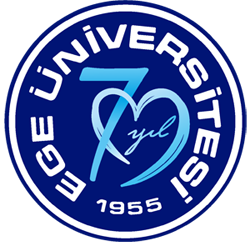Article Evaluation
Articles submitted to the Journal of Transportation Management Research (JOTMAR) at Ege University undergo a preliminary review and editor evaluation process before being sent to reviewers. During these processes, scientific ethical principles and rules are followed, and a double-blind peer review process is implemented.
- Preliminary Review Process
In the preliminary review stage, submitted articles are examined for compliance with formatting and writing guidelines. Articles that do not conform to the journal's template are returned to the authors. During this stage, authors must also upload the required forms to the system. Once any necessary deficiencies are addressed, the articles are forwarded for editor evaluation.
- Editor Evaluation Process
Articles that pass the preliminary review are sent to the editor. The editor evaluates the submissions based on originality, relevance to the journal’s scope, and timeliness. Articles deemed unsuitable are returned to the authors.
All submitted articles to JOTMAR are checked using plagiarism detection software such as iThenticate and Turnitin. The overall similarity rate of the article should not exceed 15%.
JOTMAR reserves the right to reject any articles that display academic plagiarism during the editorial stage.
The editor and subject editors are responsible for informing the author(s) within 7 days whether the submitted research has been accepted for evaluation. The editor(s) or subject editor(s) are responsible for deciding which articles should be published.
For articles that are selected for the peer review process, a similarity check is performed. If no corrections are needed, the double-blind peer review process is initiated.
- Reviewer Evaluation Process
Articles sent to reviewers undergo a double-blind peer review process. The article is sent to at least two experts in the field for evaluation. Reviewers may decide to accept, reject, or request revisions for the article, following scientific ethical principles. Any requested revisions are communicated to the authors, who are expected to make the necessary corrections within the specified time frame. After authors submit the corrected version, if further evaluation is required, the article is sent back to the reviewers. If the reviewers leave the decision on the completion of revisions to the editor, the editor examines the files and makes the final decision. At this stage, the editor decides whether the article is accepted for publication or rejected.


.jpg)








